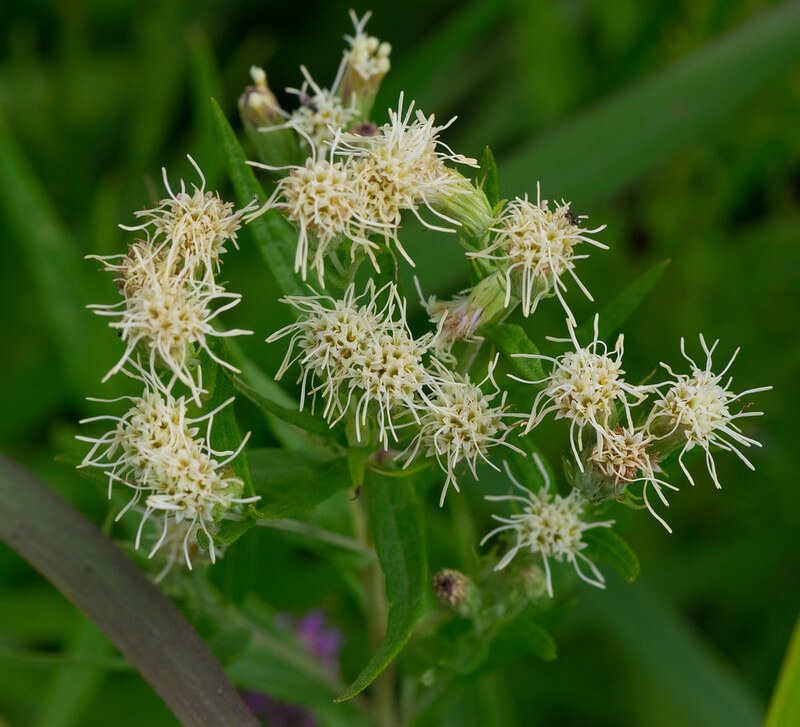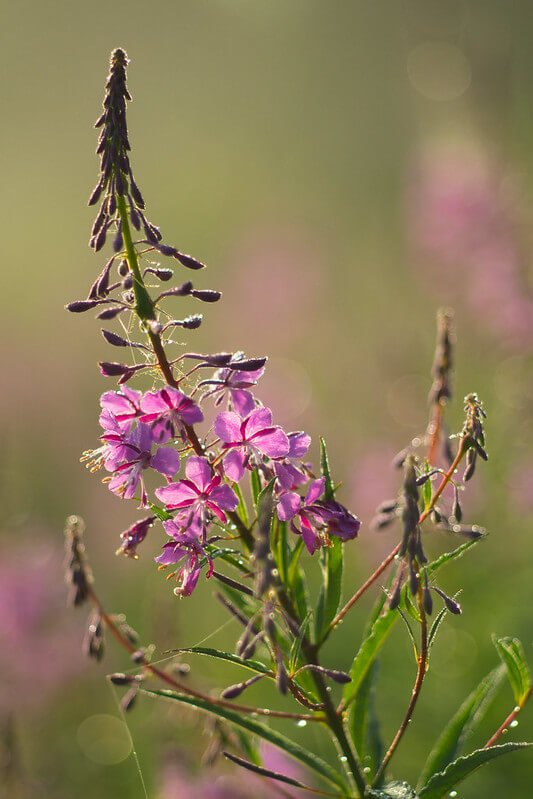Pale Purple Coneflower (Echinacea pallida)
Pale Purple Coneflower is recommended as a preferred pollinator plant (Xerces.org) and it is recommended as a monarch nectar source by the Xerces Society (Xerces.org). It also attracts hummingbirds and we could all use a little more hummingbird in our lives! Pale Purple coneflower is also very attractive to native bees and is the host plant for the specialist Mining Bee Andrena helianthiformis (Holm, 2017). It does have a taproot, which means (once established) that it will be drought resistant but also difficult to move, so choose your planting place wisely. The dried seed heads are picked over by Goldfinches in late summer and early fall.
Photo credit: Joshua Mayer
Pale Purple Coneflower is recommended as a preferred pollinator plant (Xerces.org) and it is recommended as a monarch nectar source by the Xerces Society (Xerces.org). It also attracts hummingbirds and we could all use a little more hummingbird in our lives! Pale Purple coneflower is also very attractive to native bees and is the host plant for the specialist Mining Bee Andrena helianthiformis (Holm, 2017). It does have a taproot, which means (once established) that it will be drought resistant but also difficult to move, so choose your planting place wisely. The dried seed heads are picked over by Goldfinches in late summer and early fall.
Photo credit: Joshua Mayer
Pale Purple Coneflower is recommended as a preferred pollinator plant (Xerces.org) and it is recommended as a monarch nectar source by the Xerces Society (Xerces.org). It also attracts hummingbirds and we could all use a little more hummingbird in our lives! Pale Purple coneflower is also very attractive to native bees and is the host plant for the specialist Mining Bee Andrena helianthiformis (Holm, 2017). It does have a taproot, which means (once established) that it will be drought resistant but also difficult to move, so choose your planting place wisely. The dried seed heads are picked over by Goldfinches in late summer and early fall.
Photo credit: Joshua Mayer
Life Cycle: Perennial
Sun Exposure: Full, Partial shade
Soil Moisture: Medium-Dry
Height: 3 feet
Plant Spacing: 10-18 inches
Bloom Time: June-July
Bloom Color: Pink
Advantages: Pollinator Favorite, Bird Favorite, Deer Resistant, Great landscaping plant
Host Plant: Possibly the Sunflower Moth
Specialist Bee: Mining Bee Andrena helianthiformis (Holm, 2017)
Complementary Plants: Little Bluestem, Beard Tongues, Thimble Anemone, Ohio Spiderwort
Resources: Holm, Heather. Bees: An Identification and Native Plant Forage Guide. Pollination Press, 2017







